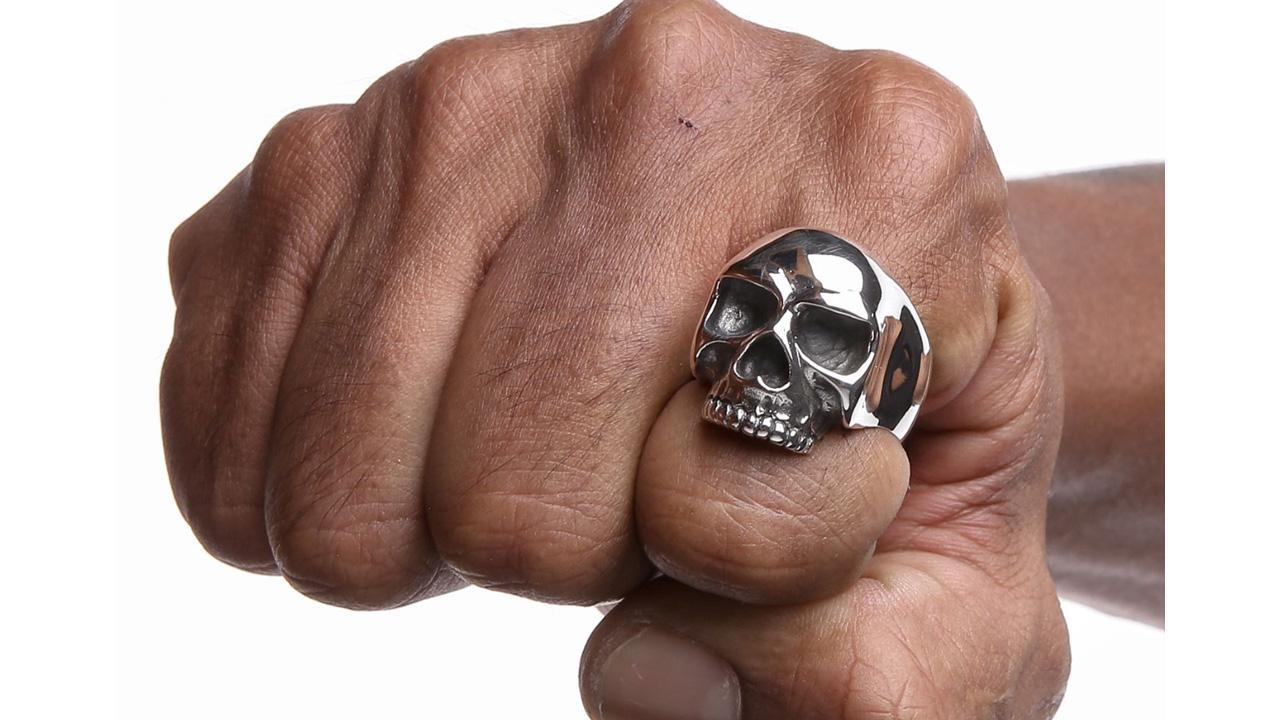Skulls are one of the strongest trends in the modern world of jewelry. They are much-loved in subcultures (such as bikers, Goths, punks, and many others) but mainstream fashion doesn’t overlook them either.

That being said, the veneration of skulls dates back to primitive times, since ancient people considered them to be their patrons. Animal skulls were an easily accessible material for making ornaments and charms. Our ancestors did not have a shortage of human skulls either, and they were used to protect the dwelling from evil spirits and its dwellers from all kinds of calamities.
ADVERTISEMENT
The times when people generally believed in the supernatural power of things are long gone, but our admiration for skulls has not gone anywhere. Today we wear and utilize the image of the dead head for many reasons. Which reasons exactly? Let's figure it out.
Celebration of the Eternal Cycle of Life and Death
It is natural that skulls are associated with death. After all, the skull is the only thing left of the body after its demise. And though death isn't something we can see, feel, or touch, it is customary to depict it as a gloomy figure with a skull instead of a face. Just look at the Grim Reaper, a berobed skeleton with a scythe that represents the end of life.
But death cannot exist without life. When someone’s days on the Earth are over, we believe that he or she is reborn in the new world. This belief underlies many ancient and current religions. Hence, a skull becomes a representation of the soul that is reborn and resurrected. And if it undergoes resurrection, it continues to live. In such a way, the skull becomes the symbol of the transformation every living thing experiences after they pass from one form of existence to another.
Sometimes, a person can communicate with the souls of the dead through special rituals, skulls become an integral part of those. Think of shamans who always have ritual skulls or psychics who speak with spirits through the means of communication otherwise known as the skull. Many Latin American cultures celebrate Dia de los Muertos, or the Day of the Dead, the only day of the year when the world of the dead is so close to the world of the living that one can say hello to long-dead relatives or loved ones. On this day, skulls are everywhere, and the most notable of all of them is the sugar skull. Outside of the Day of the Death, it is not uncommon to see skulls installed on the altars inside the houses. The living ones bring flowers and gifts to the skulls of their kith and kin because the more love they get here, the better they feel there.
The bottom line is that you shouldn’t be scared of skulls because they signify death. This symbol is much more than the departure from life. It is life itself in all of its manifestations and forms. So, when the next time you see a person wearing skull jewelry, maybe it’s because they celebrate every day they have on the Earth.
The Symbol of Masculinity
Skulls can be worn by anyone but it’s not a secret that they are chosen by men predominantly. The tradition, again, was formed in primitive times when warriors painted images of skulls on their clothes and weapons in order to instill fear in the enemy on the one hand, and to enlist the support of otherworldly forces on the other. Centuries later, and skulls can still be seen on military insignia. It is not known for sure whether these warriors count on the help of supernatural beings in a battle but the desire to instill fear is still relevant. On top of that, skulls acquired additional meaning. They stand for bravery, valor, hardiness, and masculinity. War veterans have all the right to wear skulls for this reason. Along with that, civilians who have never been to any battlefield also want to make an emphasis on their virility. Having spotted skulls on veterans, they liked the idea of introducing skulls into their wardrobes. Today, you can see skulls on both those who are proud of their military past and those who are proud to be a man.
Representation of Equality
Although every person is unique in their own way, we all share the same fate. Our days on the Earth are counted and sooner or later we all will be taken by the Grim Reaper. Will you be gone with disgrace or honor depends on you but you can’t avoid certain doom. In this sense, all people are equal, and the skull as a symbol of the end represents this equality.
Along with that, skulls are worshiped in the motorcycle community, and if you know at least something about motorcycle clubs, you are aware that all the members are equal. For this reason, wearing a skull conveys the idea of equality.
 Subscribe today by clicking the link and stay updated with the latest news!" Click here!
Subscribe today by clicking the link and stay updated with the latest news!" Click here!







